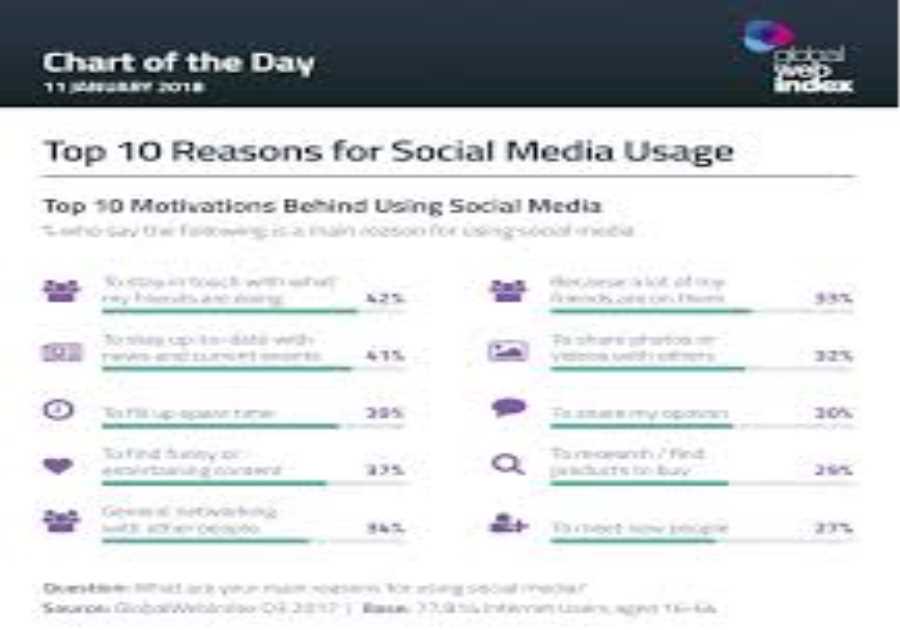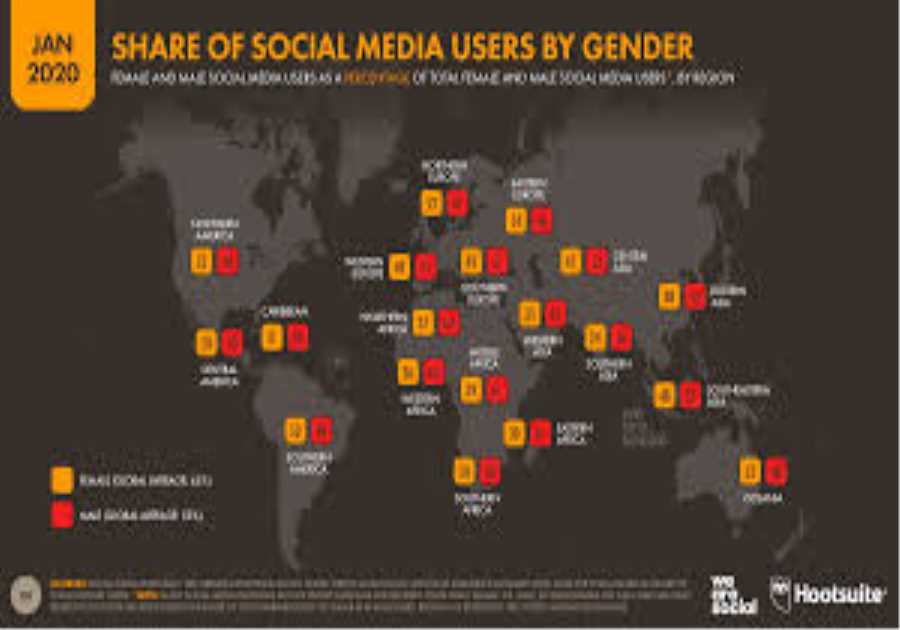
You have written the news and are in the race to secure the acceptance of being featured on top media outlets, but the competition is very intense. Every business of your niche is working hard and sending hundreds of emails to the editors/ journalists with the hope of getting featured.
re you in the queue too?Research displays that despite several attempts and spending a lot of money, the number of rejections is still high. Affecting the businesses’ capabilities of earning premium media visibility and credibility in their industry. However, only the one that stands out, seeking more attention and promising more engagement, wins the game.
So, the question is: Where are you going wrong? What is the mistake? Most of the failed cases are seen due to insufficient PR knowledge, inaccuracy in news release writing, making mistakes, and undervaluing a proper PR distribution strategy.
In this article, we will discuss how to write a press release that gets picked up by journalists in detail.
1. Why Most Press Releases Fail to Get Noticed?
It is seen that the majority of the press releases never make it beyond the editorial inbox. And the reason is very simple, it is not because the news isn’t relevant, but because it doesn’t read like a real news but your brand’s promotional content.
Common issues include:
Using extremely promotional content on your news that feels more like an ad. Failing to keep a story angle that matters clearly. Not using credible information like data or quotes. Not providing contact information for follow-up. Not having a PR team to focus on the news formatting makes the editors to lose interest.While writing a release, make sure your business does not promote your brand, but give a story that matters. Journalists are not looking to promote your brand but to find information that steals the attention of the audience. Therefore, always be sure to use a story-driven angle to increase your chances of getting pickedup by popular PR sites like Bloomberg, Business Insider, AP News, Benzinga, Marketwatch, etc.
2. Think Like a Journalist, Not a Brand
If you are really looking to get your press release picked up by journalists, then start thinking the way they do.
So before you start writing a release, ask the following question:
Is your story relevant to the time in the industry or to the world? Will the news draw the attention of the readers? Does it offer something valuable, useful, or surprising that sets it apart from routine announcements?Journalists work under tight deadlines, and they have very limited space to fill the news. They’re not behind fluff or things that do not matter to the audience, instead, they hunt for substance.
So always ensure to write stories around what the reader would care about, rather than writing what you want to announce.
3. The Secret Behind a Newsworthy Angle
Here’s the truth most PR articles skip: journalists don’t care about your product — they only care about its impact.
This is one of the crucial reasons behind a ‘missed press’ release. Businesses often misunderstand the difference between a newsworthy story and business updates. Announcing news about your business, whether hiring or launching a new website, has little to do with the target audience. Therefore, businesses must try to find a hooking idea that talks about any latest trends, market demand, a solution to a problem, etc.
For instance, instead of “Company X launches new app,” position it as “New app helps small retailers recover post-pandemic losses.” The latter immediately connects to a wider issue, making it inherently more interesting to the media.
The story, when communicated and ties a customer’s emotion or need, creates an urge of acceptance in their life, leading to engagement and conversions. These kinds of stories are never overlooked and have a high chance of getting picked up by journalists.
4. Crafting Headlines That Earn an Open (Not an Eye Roll)
Headlines in a news release are the most significant aspect of the entire PR. Your headline is your first impression. It captures the viewer’s attention in just a few seconds and creates more chances of an open rate. These few words need to be more convincing and should be written with complete clarity. Remember in News writing, clarity always beats creativity. Therefore, ensure to focus on value and specificity.
This captures the editor’s attention towards your news, and you land yourself holding higher chances of being featured efficiently and easily. For instance, instead of writing “Z Company Announces its Partnership”, write “Z Company and D. Corp Partner to Cut Carbon Emissions by 20%”. Here in this example, one sounds vague while the other is impactful, drawing attention and showing relevance.
Great headlines are:
Use Short headlines under 80 characters. Always include what, who, and why the release matters. Use strong words, numbers, or data in the headline5. The First 100 Words: Where Journalists Decide Your Fate
After you have crafted a good, catchy headline, the next important aspect of the news is its opening paragraph, which helps journalists to decide whether your release gets read or skipped.
Journalists often skim your news to understand the 5Ws & determine if it’s worth covering.
Your opening must include the answer to these 5Ws:
Who is making the announcement? What is being announced? When is it happening Where is it taking place? Why does the news matter to the reader?Avoid overloading or fluffing context in this section, as it is here where you prove: “This is news, and not a marketing advertisement.”
6. Formatting Tricks & The Art of Writing Like a Reporter
It is way more different to write like a journalist rather than writing for marketing purposes. The goal here is to keep up with the clarity, and not persuasion. Even if the story is good, but is hard to read, it fails. Formatting directly affects whether a journalist will engage with your story or not.
So, if you are not using a professional press release writing structure, then the chances of your selection are zero. Poor structure directly damages the credibility of the organization, leading to difficulty in reading, and adds workload on the journalist. It wastes their time and energy to find the core message, as they are simply harder to read and easier to discard.
Always try to use press release examples or templates to understand the format, and write it with precision to detail in regard to the title, summary, boilerplate, and more. Keep it crisp and organized.
few tips to write like a newsroom content: Use active voice and short sentences that are readable. Use short paragraphs having a maximum of 2–3 lines. Use subheadings or bullet points Insert links. Add multimedia such as a logo, image, or video to make your release more appealing to editors and make it look absolutely ready-to-be-published material. Ensure to stick to real facts, quotes, or data Attribute opinions and always prove the correct data sources properly. Do not overuse adjectives, keep them minimal so that the story itself can carry weight naturally. Lastly, end with a clean boilerplate (“About” section).When your release reads like something a journalist could copy and paste directly into their article, then understand that you have nailed it.
7. Building Authority Through Quotes and Data
Quotes and data are very important, they add value to your release and build positive credibility for the brand. You can include a quote from a company leader or CEO that adds context, insight, or opinion.
The quotes must be meaningful and should not be generic statements. For a press release example, instead of writing: “We are very excited about this launch,” reframe it like “Our goal with this launch is to simplify how small businesses manage compliance without additional costs.”
This kind of information or data makes the release stronger and feels more like real news that cares about people and not promoting their own brand.
9. SEO Isn’t Just for Google, It’s for Editors Too
Press releases are super increasingly found via Google search engines and also within editorial databases.
So, when journalists research about the stories, they often look for keywords that are related to trends or their niche. Therefore, by incorporating relevant keywords naturally into your press release content, you can enhance your brand’s discoverability.
Example: Instead of writing “our new technology,” specify “AI-based content management tool for new businesses and startups.” This helps to clarify the context of your news for both the search engines and the editors of the respective media.
10. The Distribution Strategy Journalists Actually Respond To
Even a perfectly written release needs a smart distribution plan. Mass emailing does not work anymore. Instead
Research and sort the list of journalists. Target selectively & send to reporters who’ve covered similar topics, like yours. Personalize your outreach. Mention why their audience would care. Cold-pitch hundreds of journalists and follow up Time your release. Avoid weekends or late hours; aim for early weekdays.Additionally, using trusted PR distribution partners that maintain real editorial relationships can significantly improve placement, likeReleasePR as they provide free PR writing services along with their premium distribution packages, starting at an affordable price. Since editors and journalists tend to prioritize verified and well-formatted releases, this might be helpful. It also prevents businesses from spending high amounts on publishing on sites.
Final Touch for your next release:
Remember that a well-structured release feels more effortless to read and is exactly what the journalists look for to publish on the PR news platforms.
Headline: Compelling and factual. Lead paragraph: Covers all key details in 3 sentences. Body: Data, quotes, background, and impact. Formatting: Scannable, clean, visually balanced. Boilerplate: Company overview + contact info. Distribution: Targeted, relevant, timed right.Conclusion
There is no rocket science in writing a press release that gets chosen by the journalists, but it’s not even a hope and guesswork either. Small brands and startups often mistake it as a one-time communication rather than a PR strategy that can bring impactful results and generate ROi for the businesses.
Therefore, always make sure to use the professional writing advice and tips as listed above, or take help from strategic PR companies who can assist in writing and distribution of your release to enhance your business visibility and credibility over time. ReleasePR is one such example that offers free editorial backing and affordable distribution to premium PR sites like Business Insider, AP News, Benzinga, Yahoo Finance, etc. Helping you to gain high popularity instantly, improve reputation, visibility, website ranking, SEO results, and most importantly, the trust and loyalty of customers, which makes all the difference.
Your story is important. Therefore, make sure it’s told the right way.
The post How to Write a Press Release That Gets Picked Up by Journalists appeared first on Social Media Explorer.
Did you miss our previous article...
https://socialmediaamplification.com/social-media-analysis/how-smes-can-boost-conversions-by-optimising-their-payment-gateway-setup






